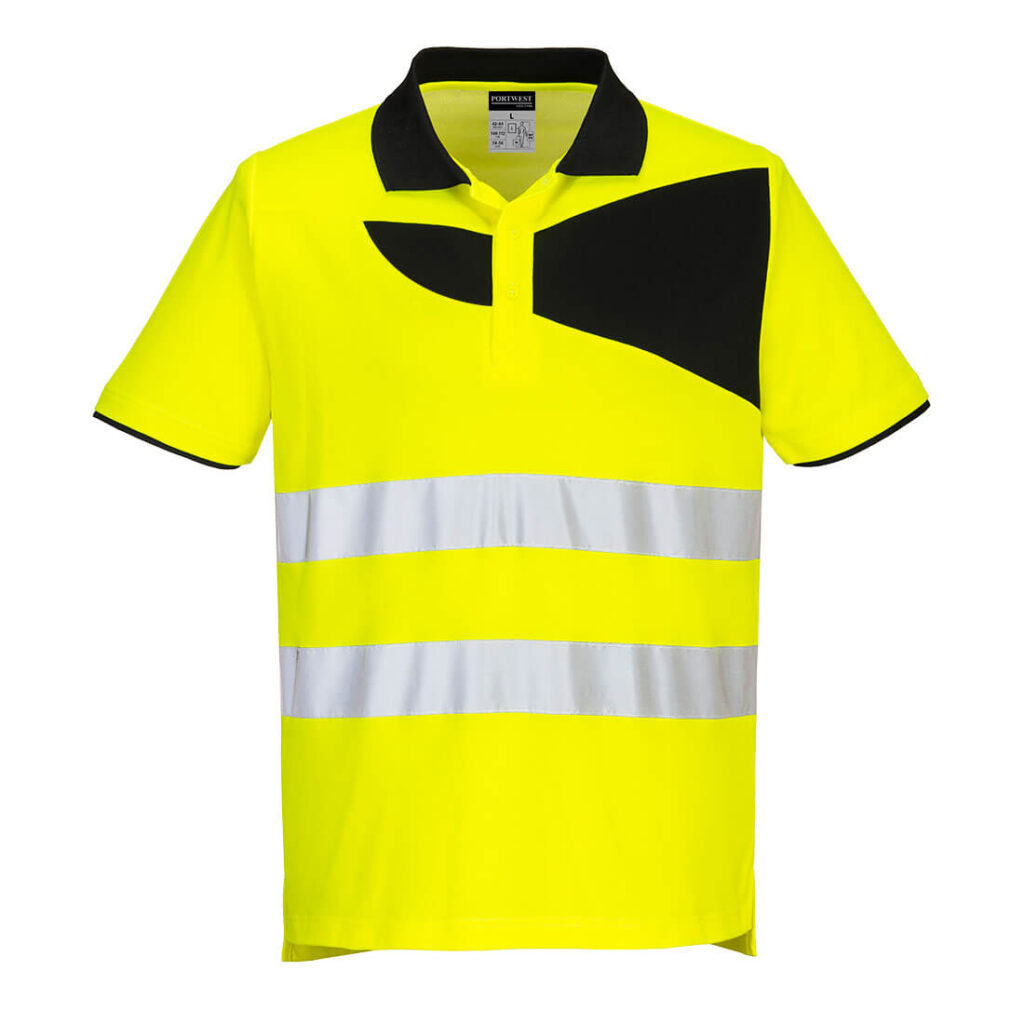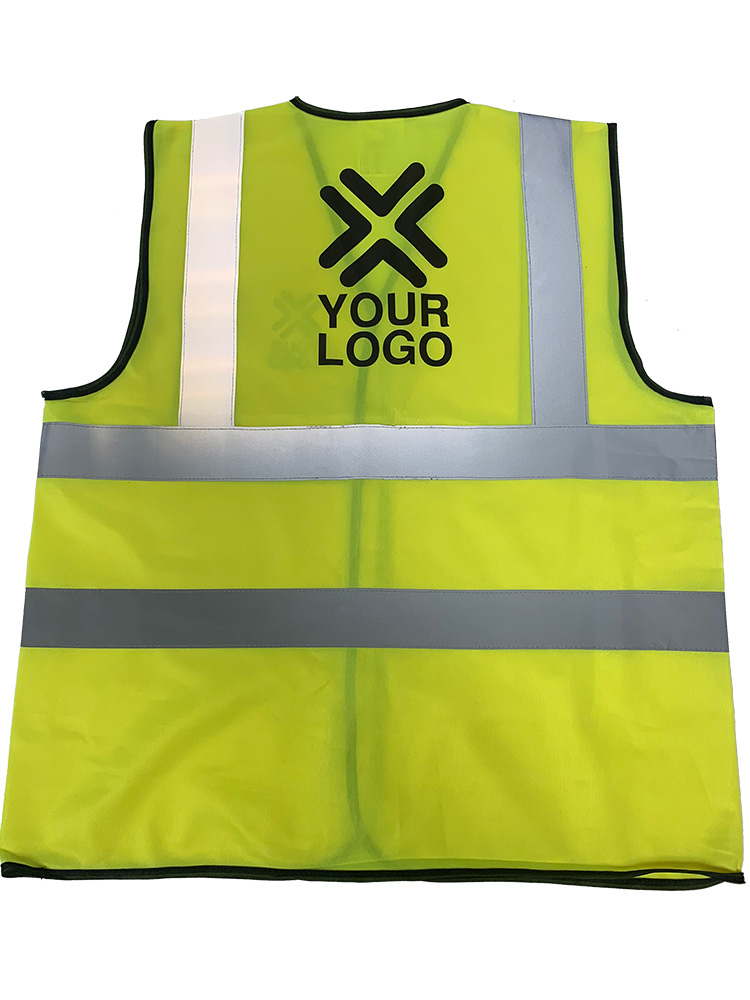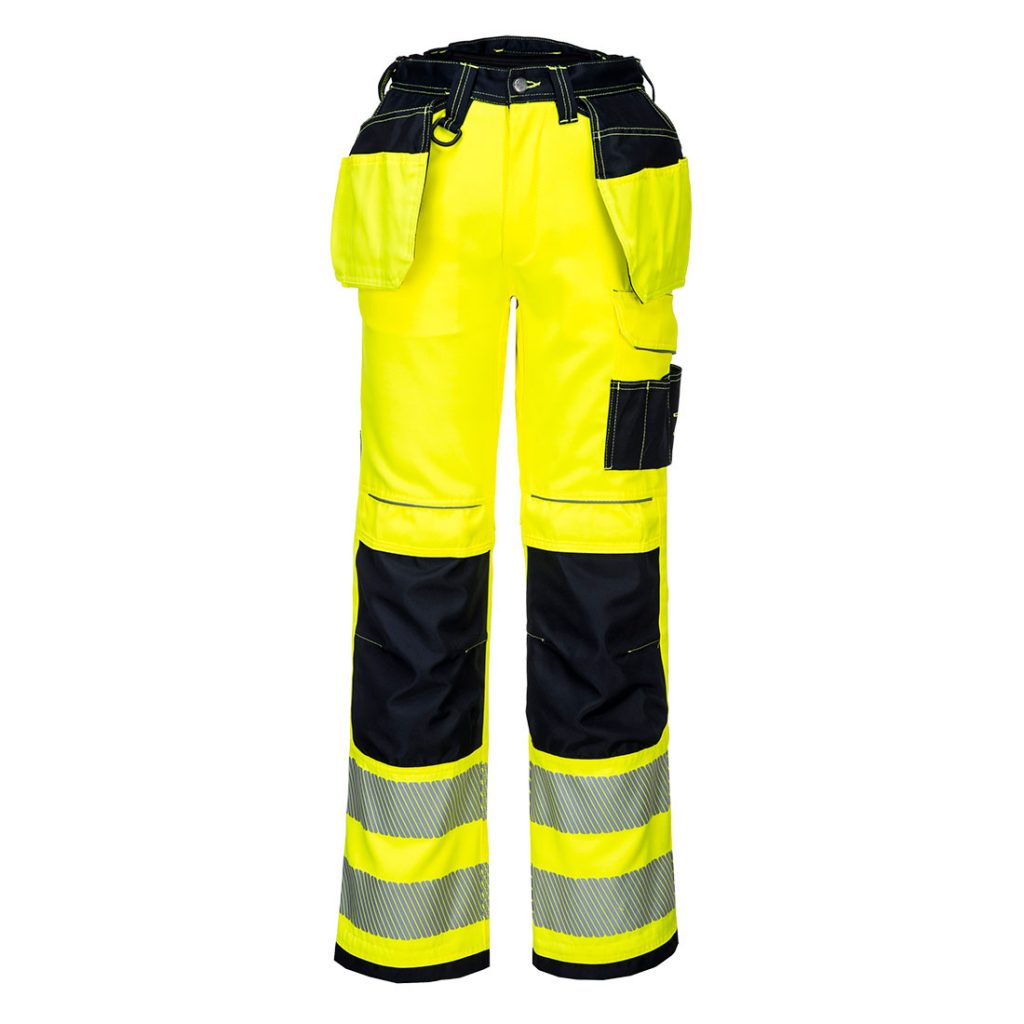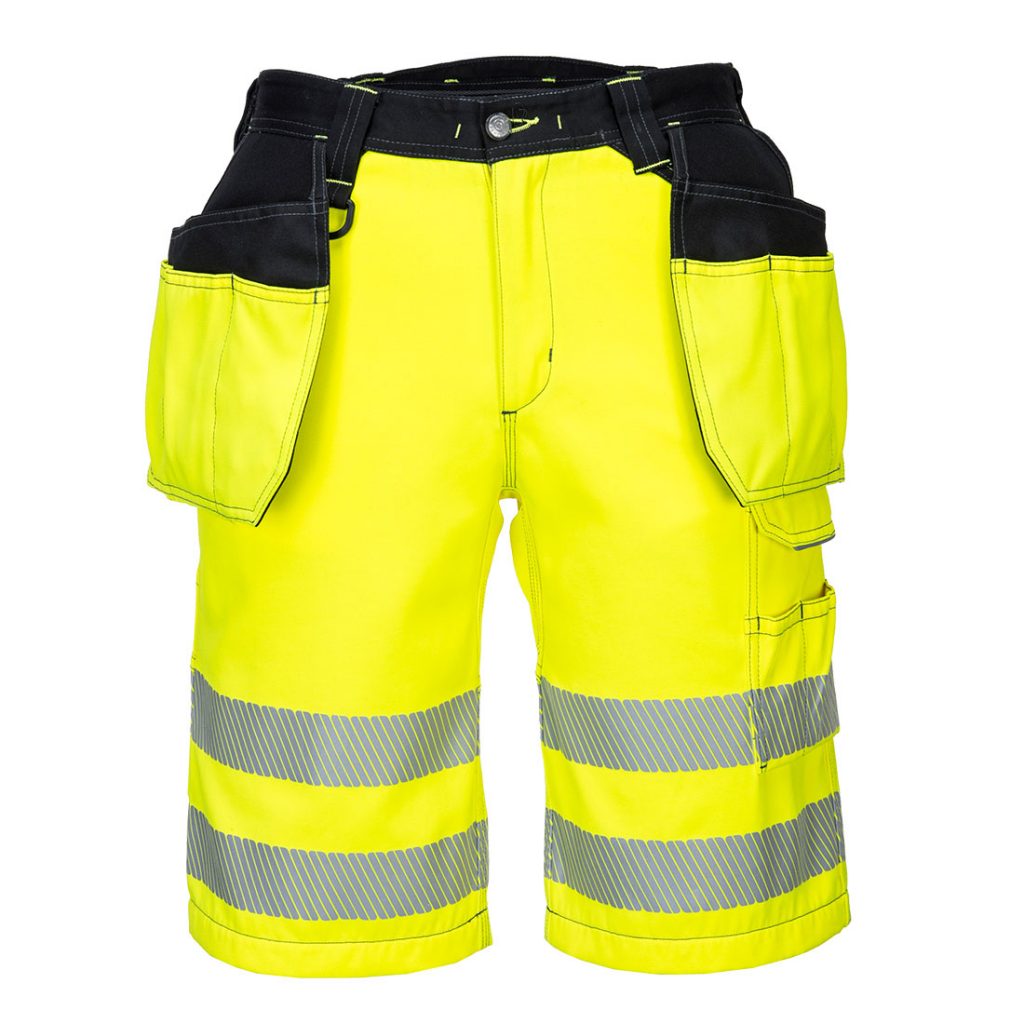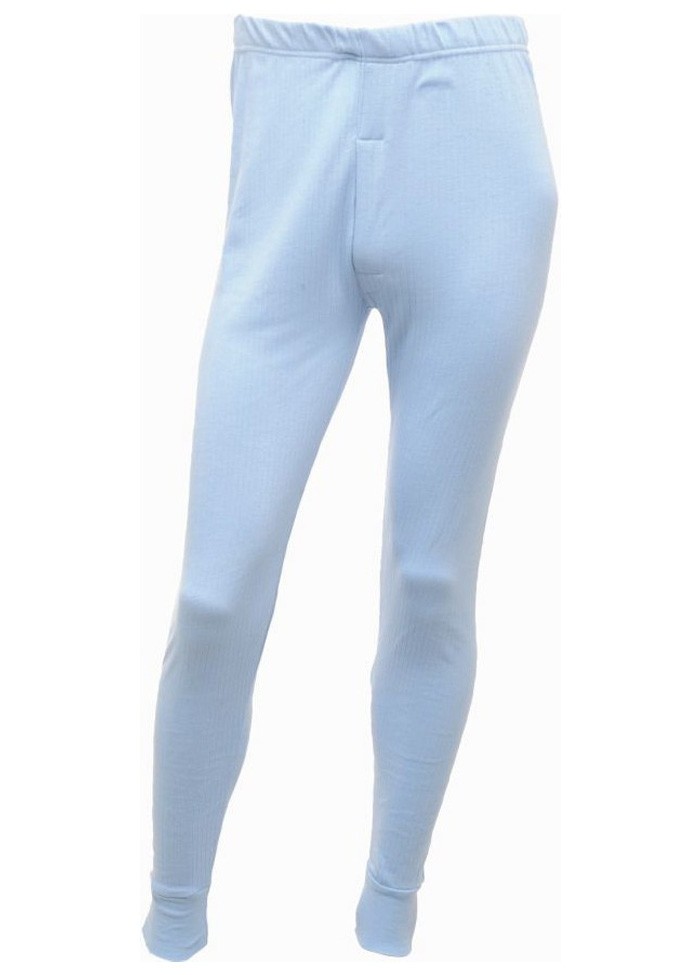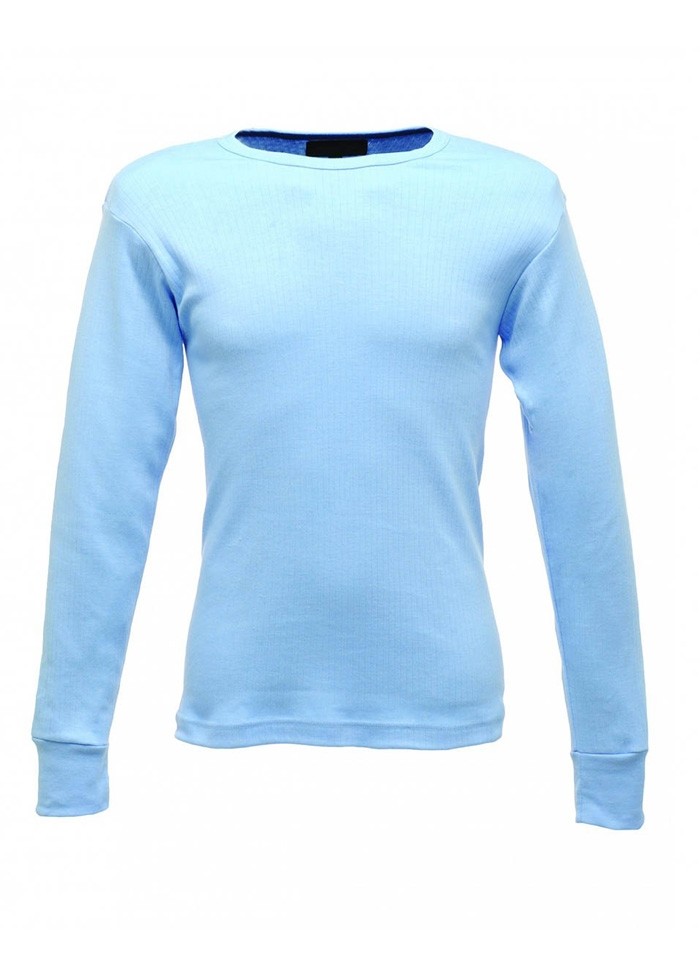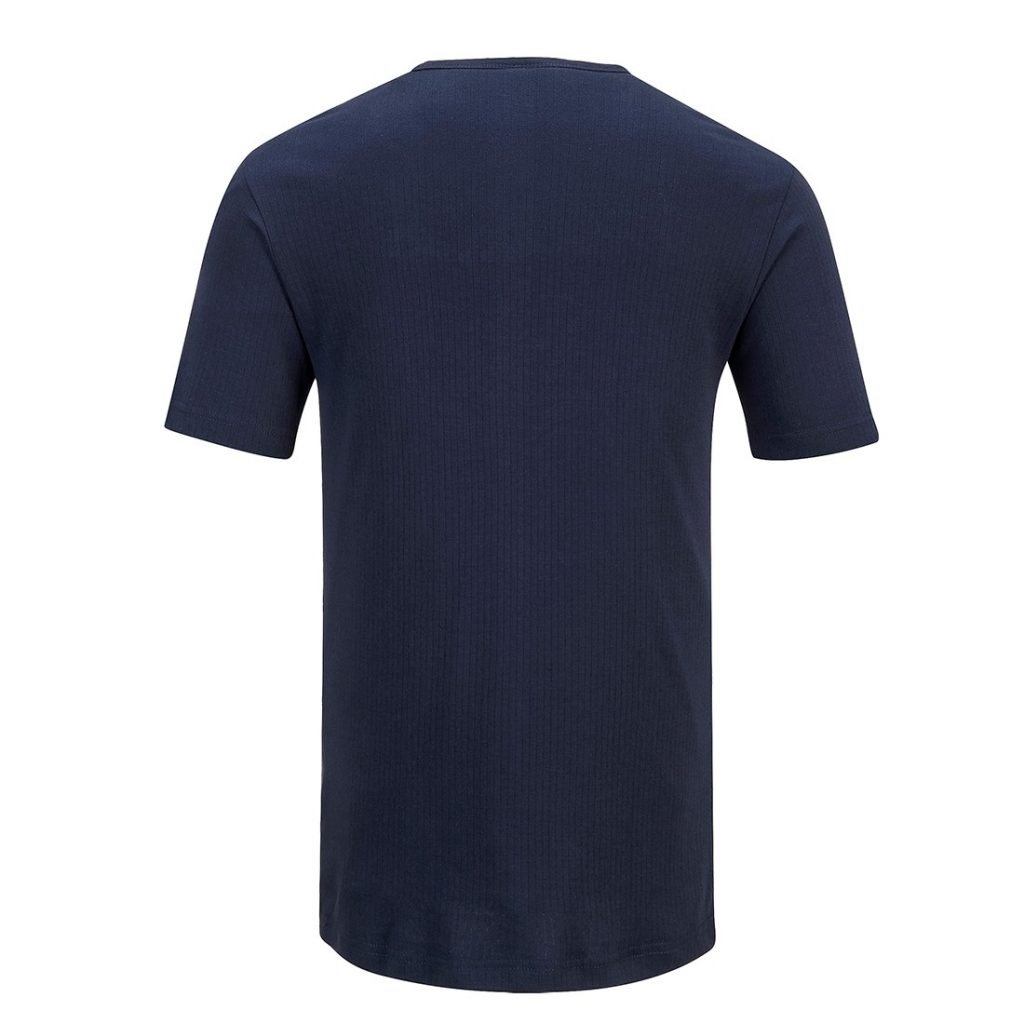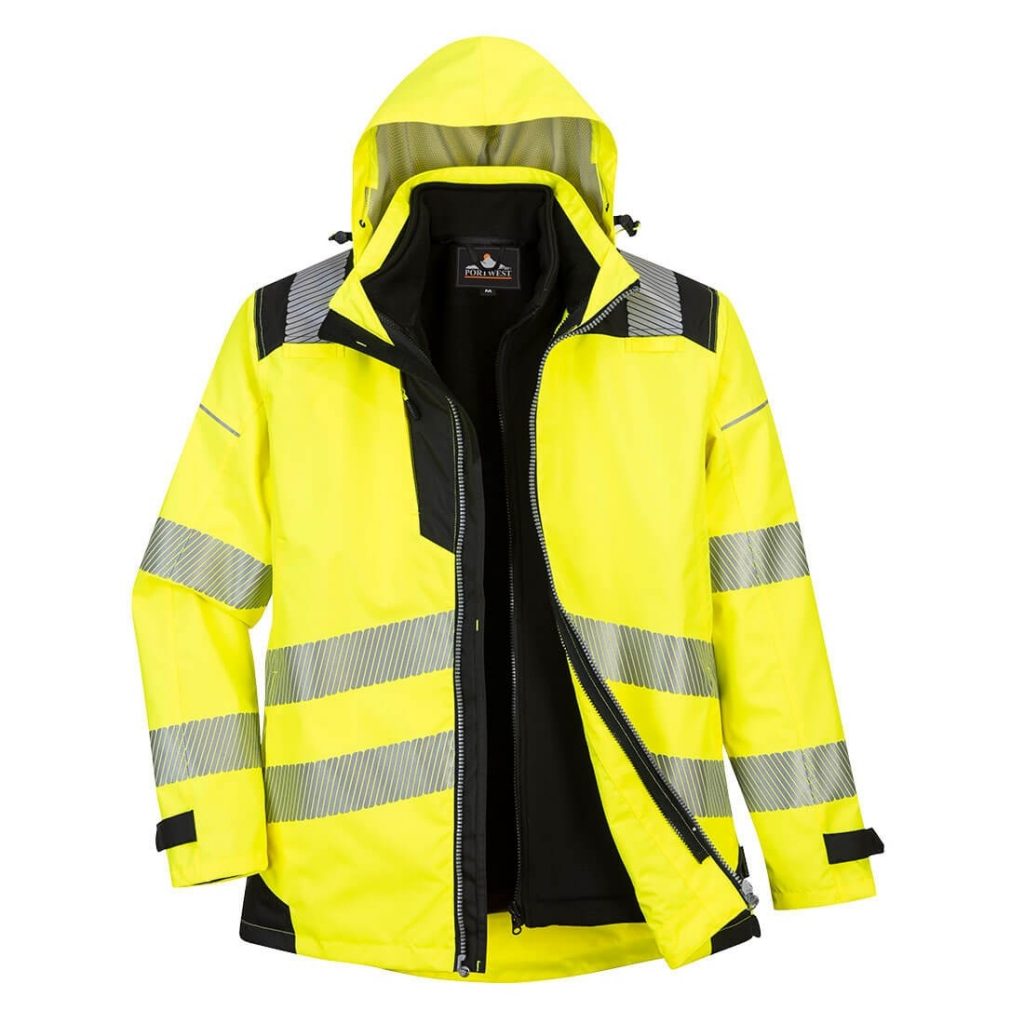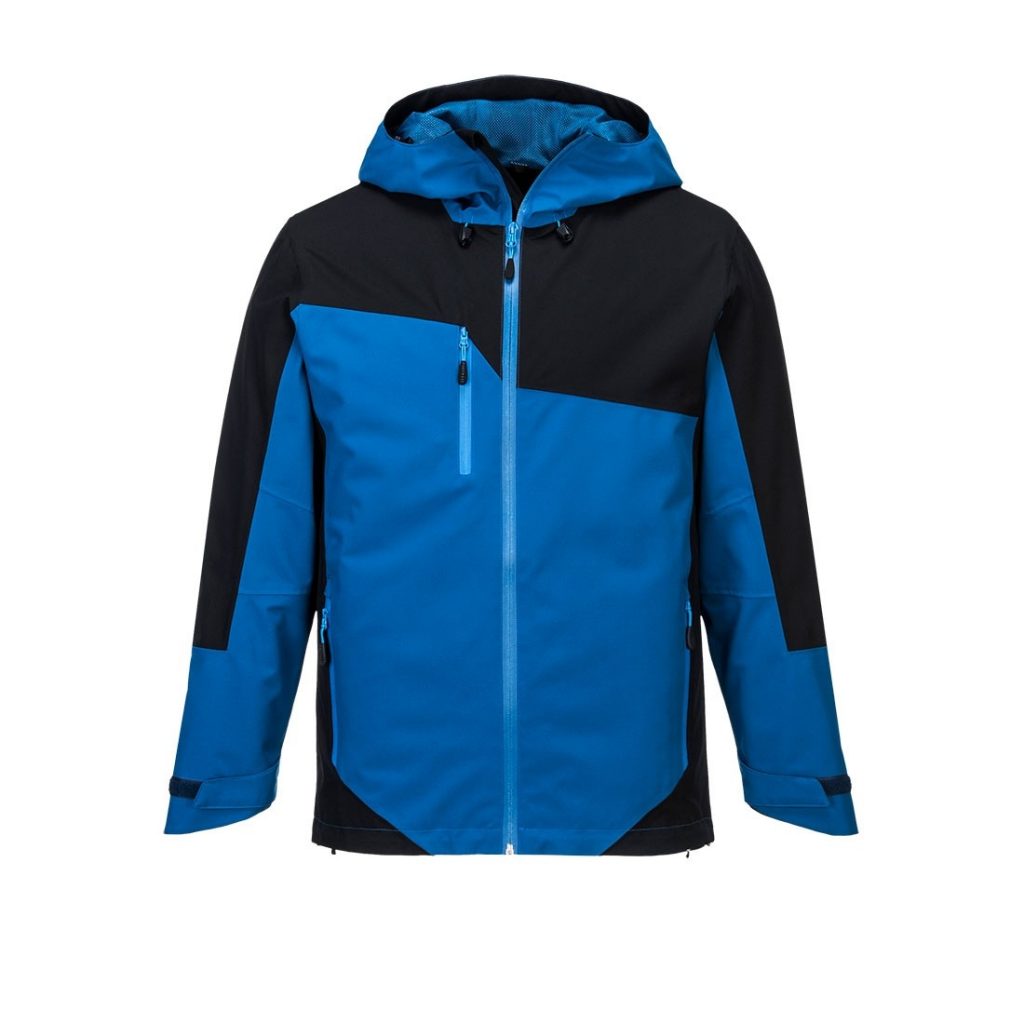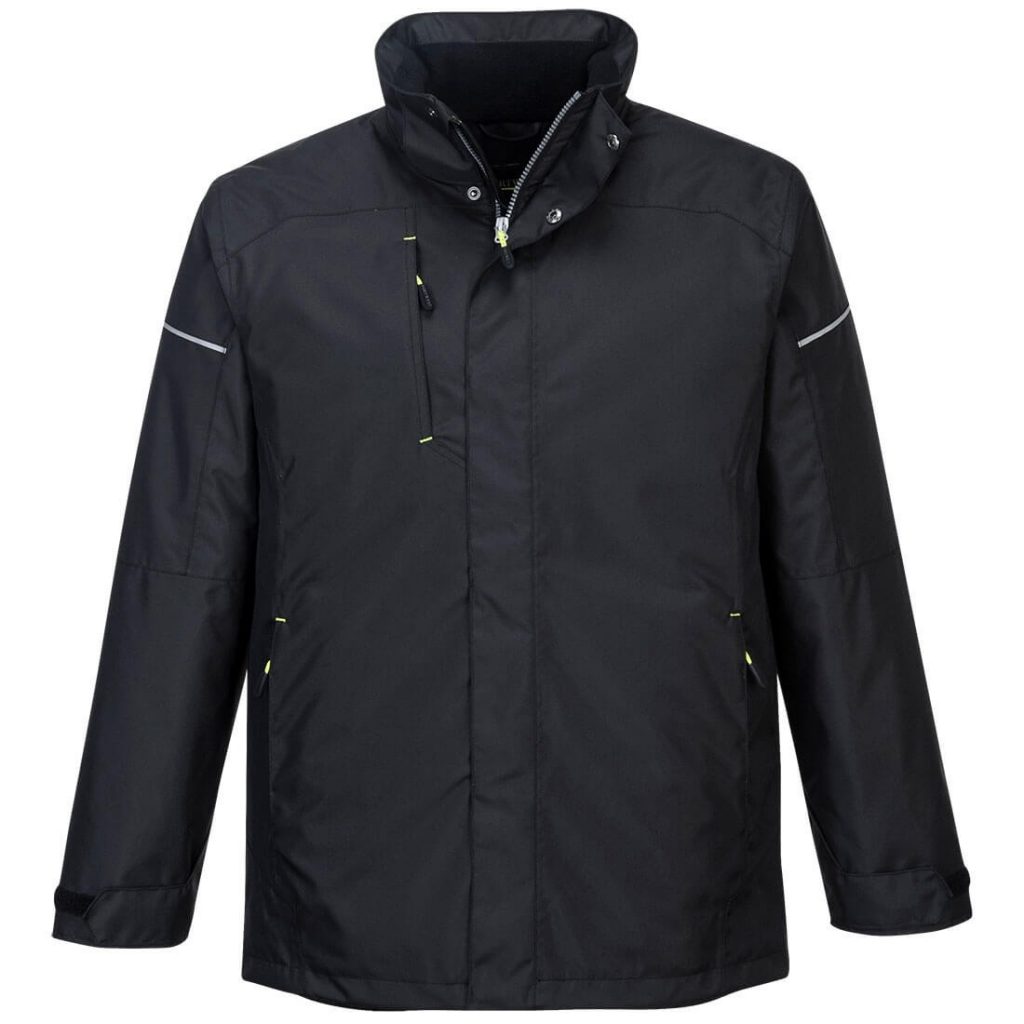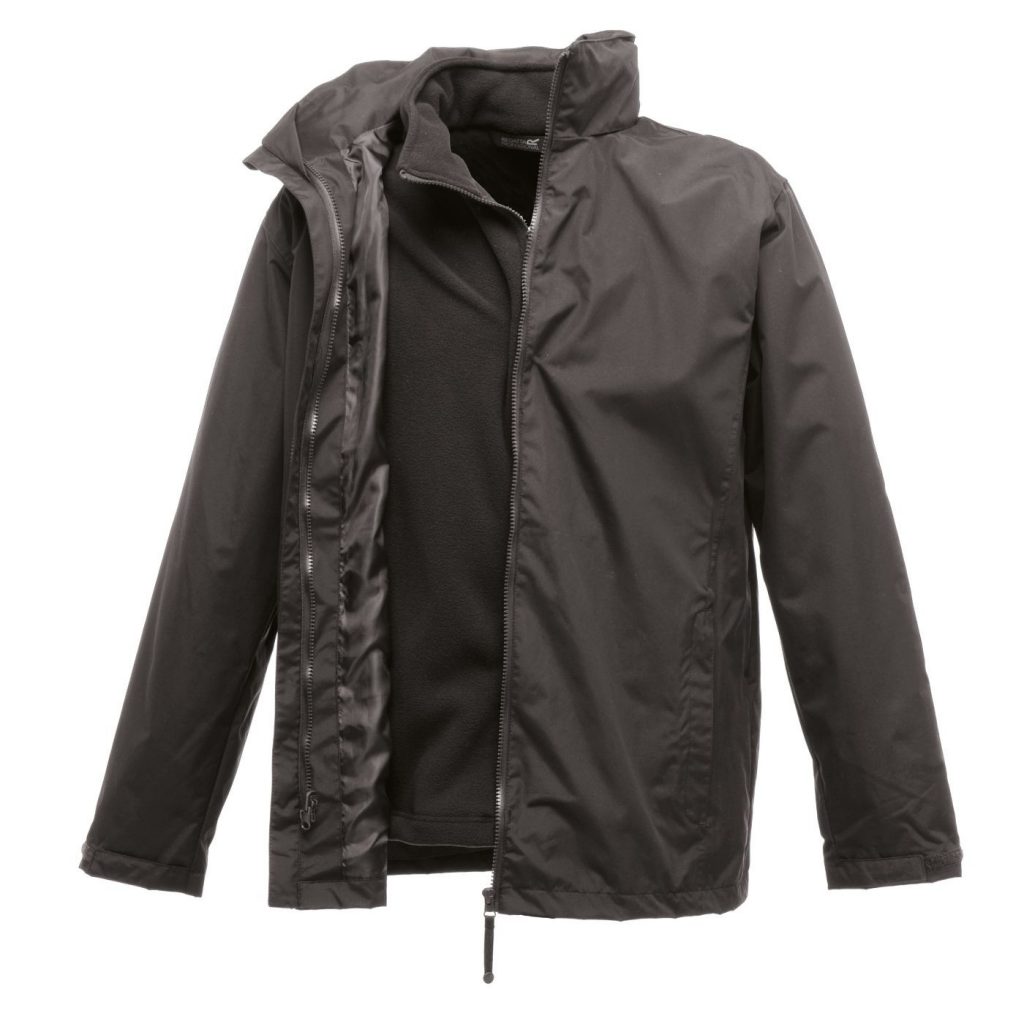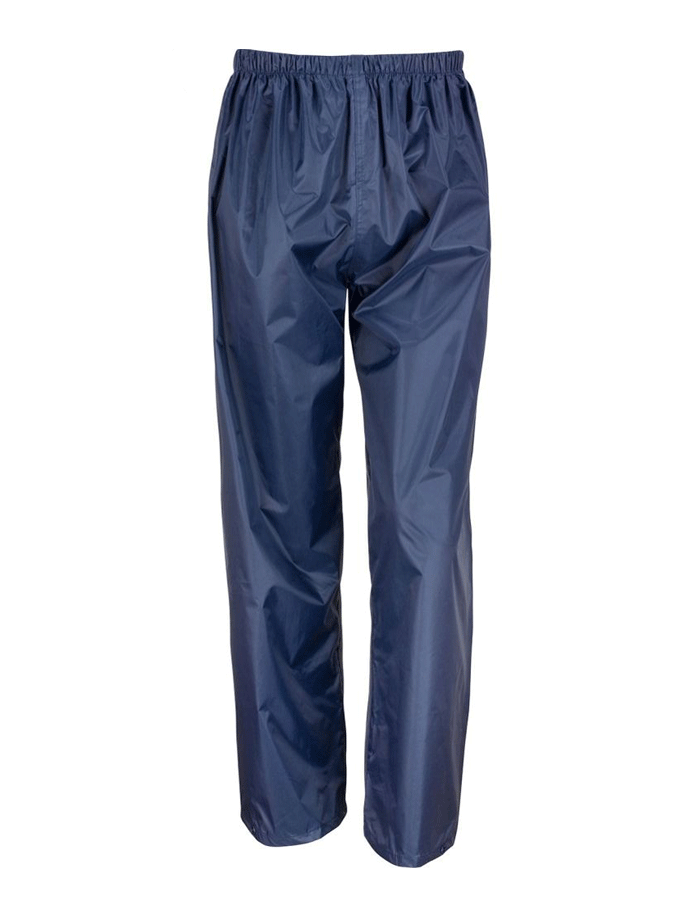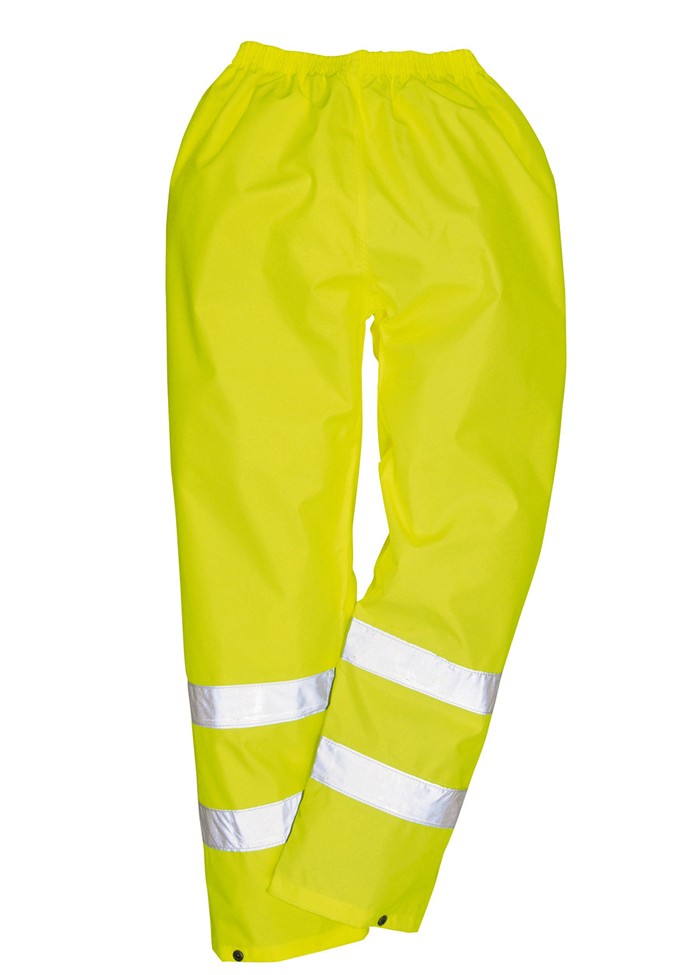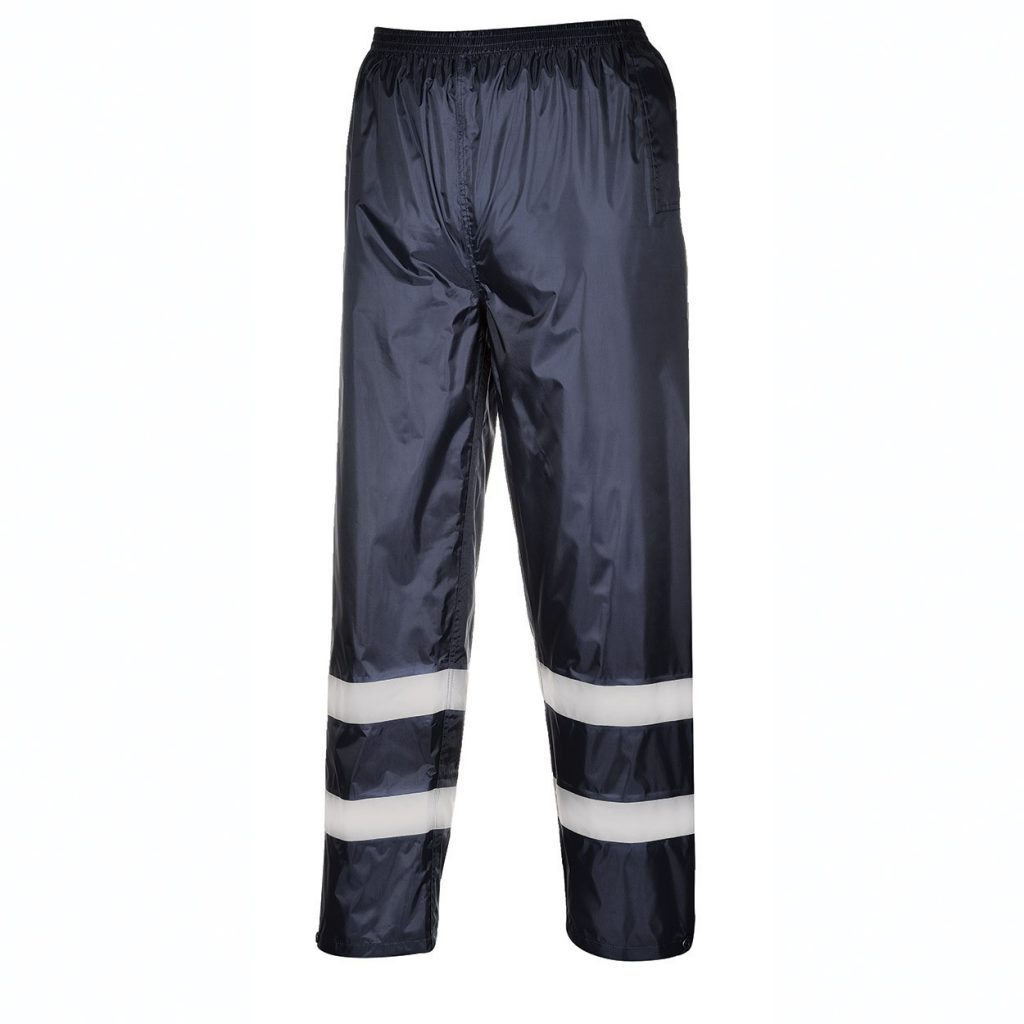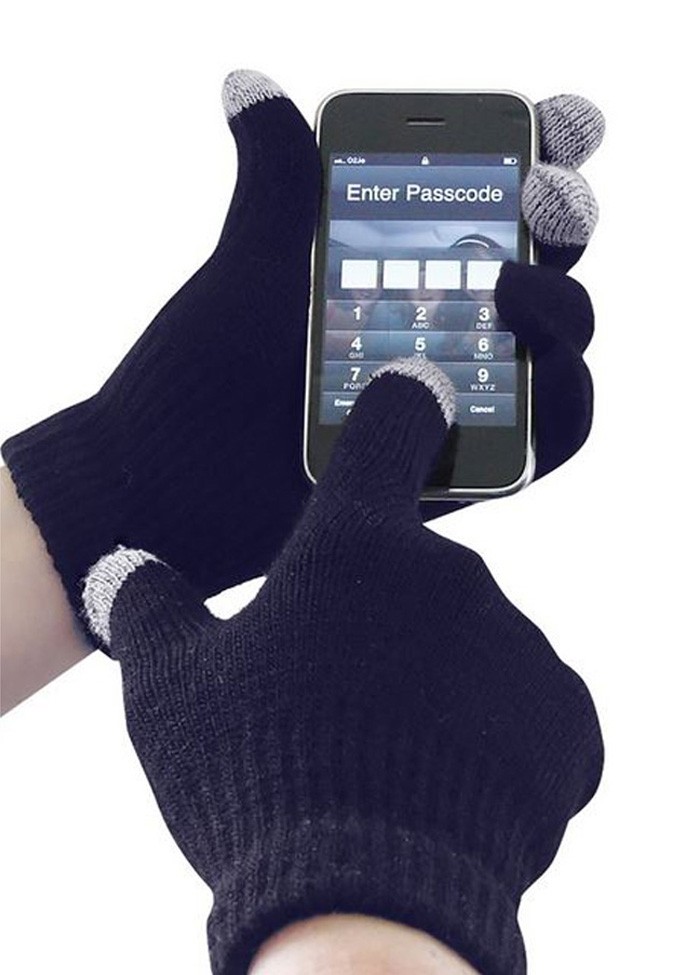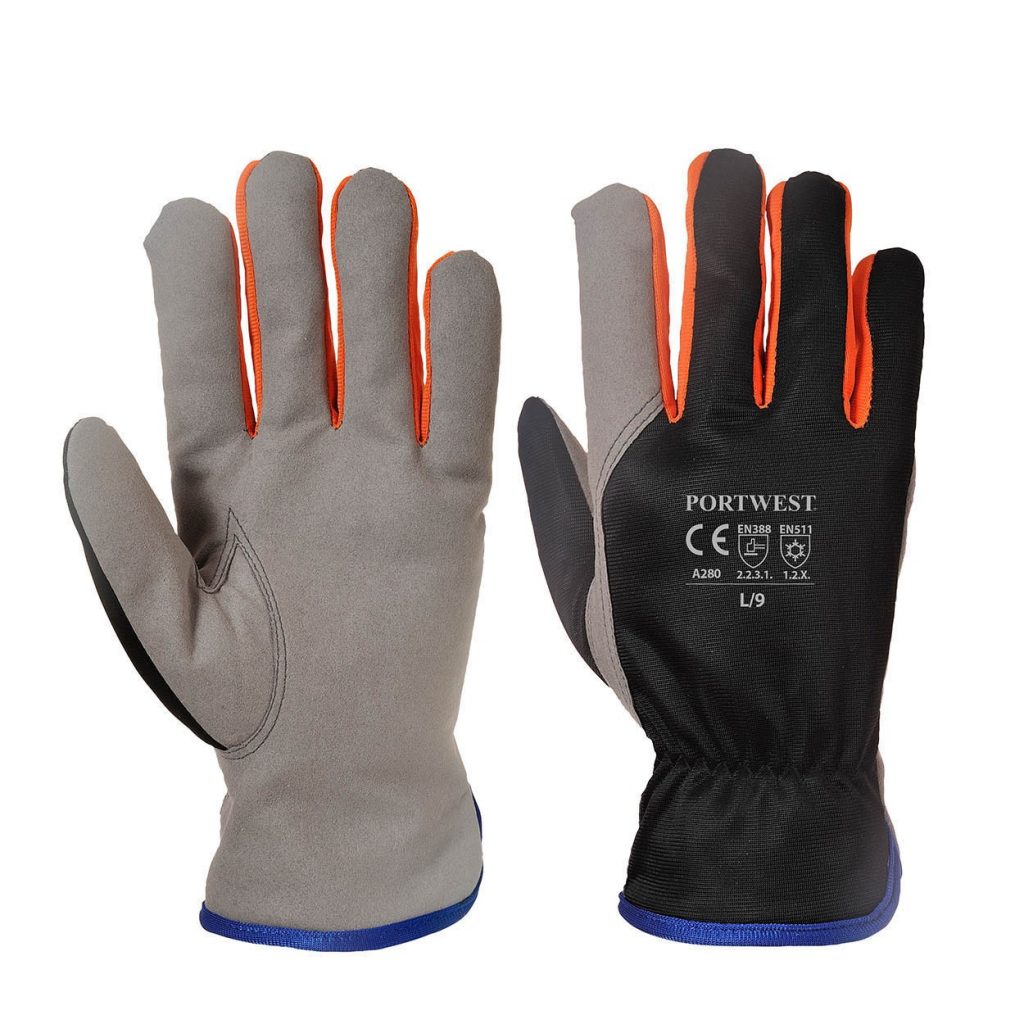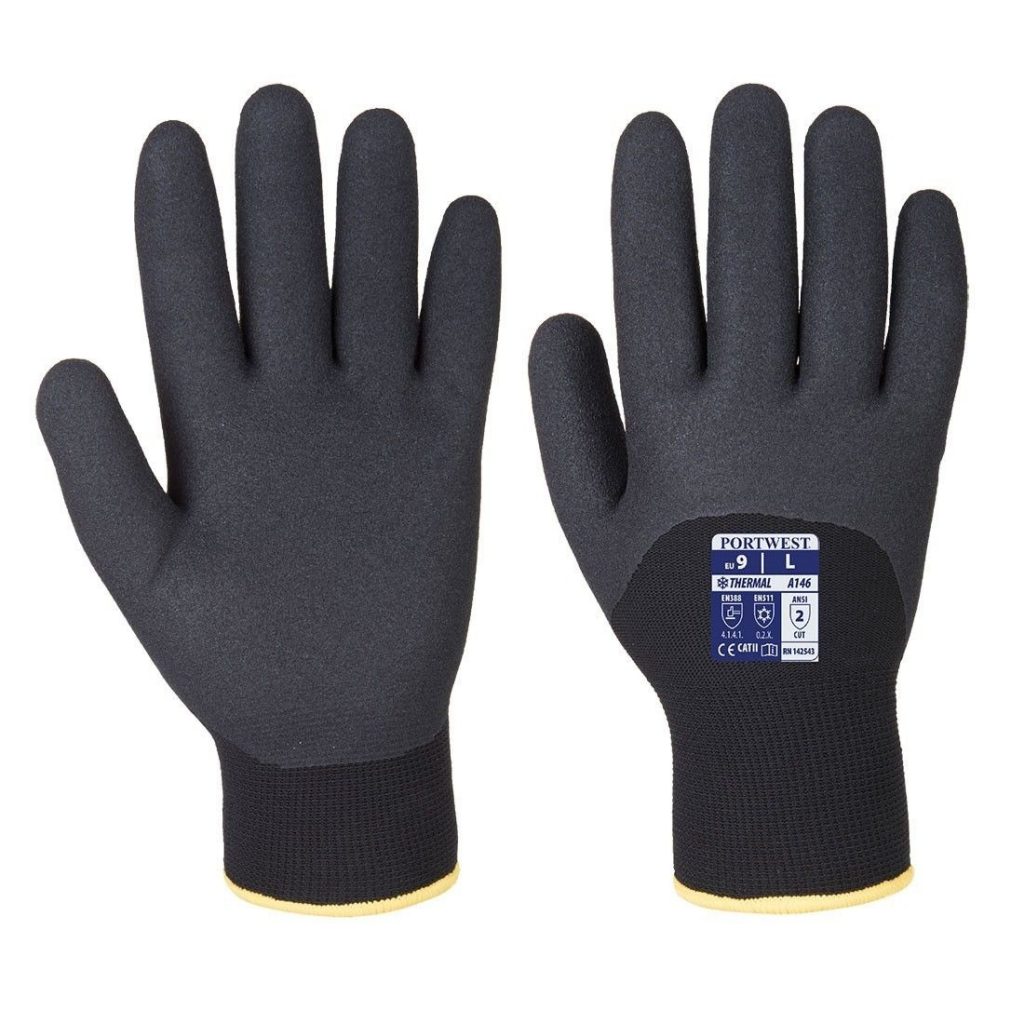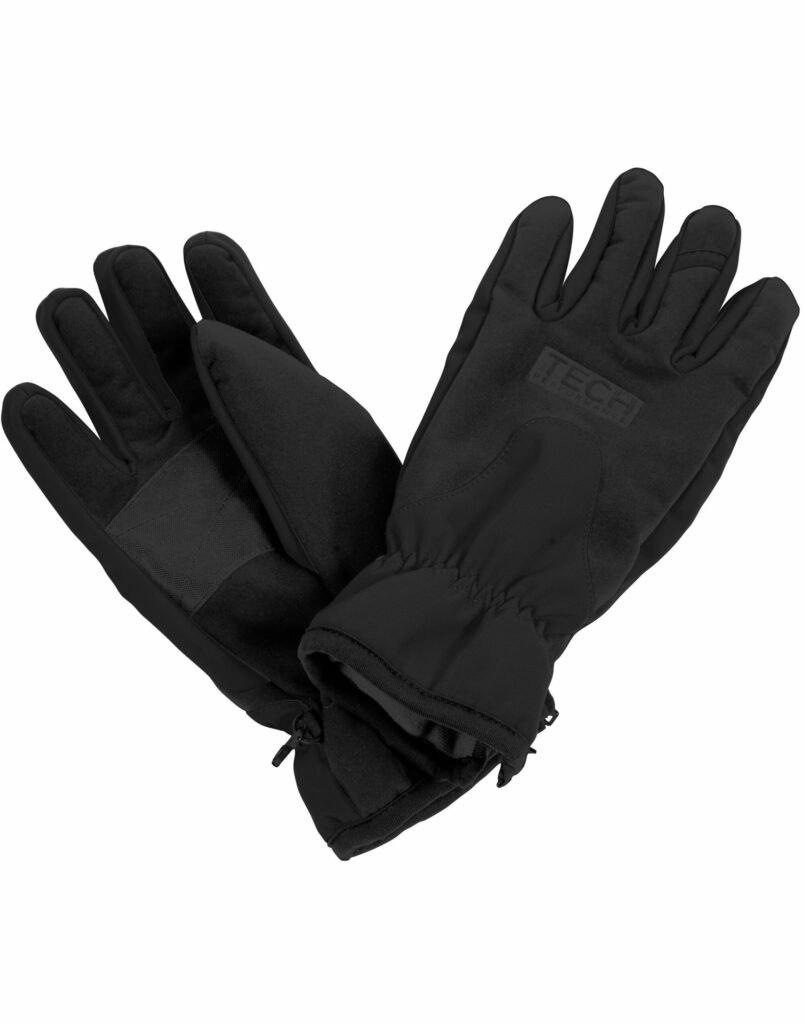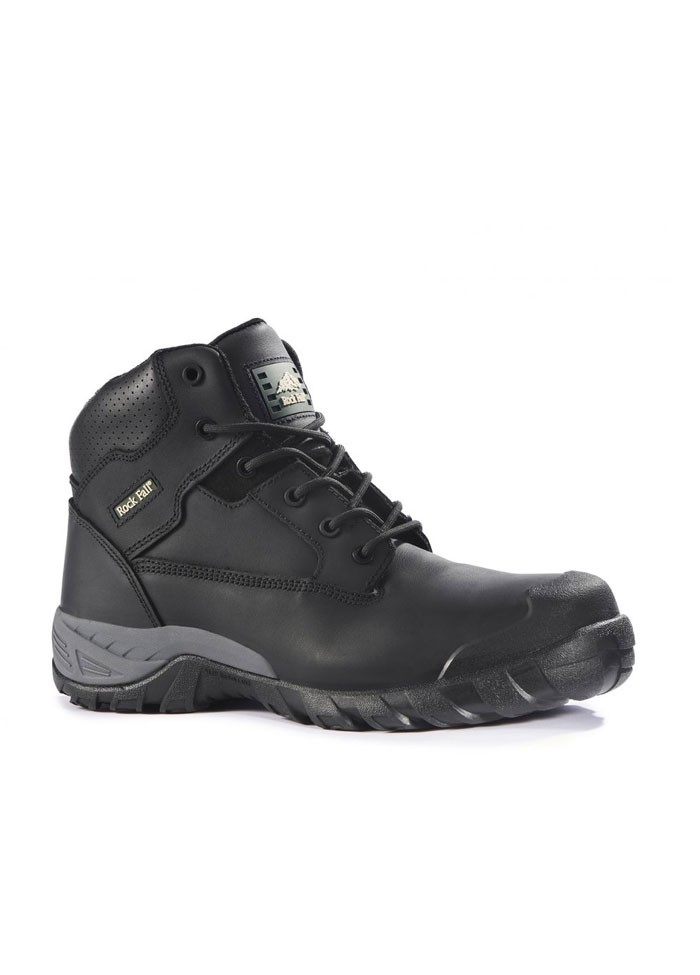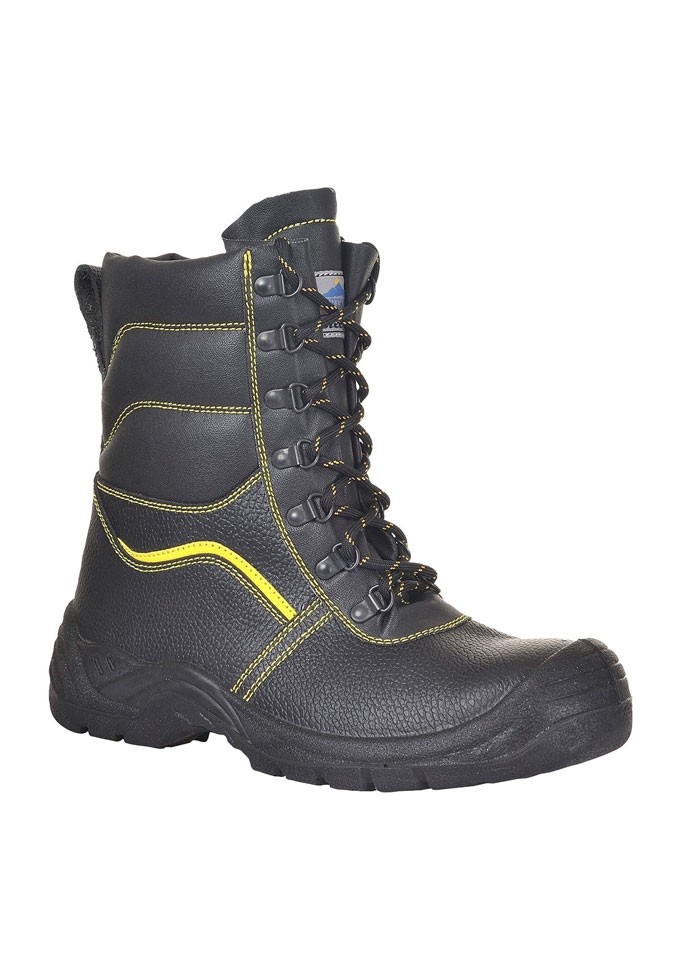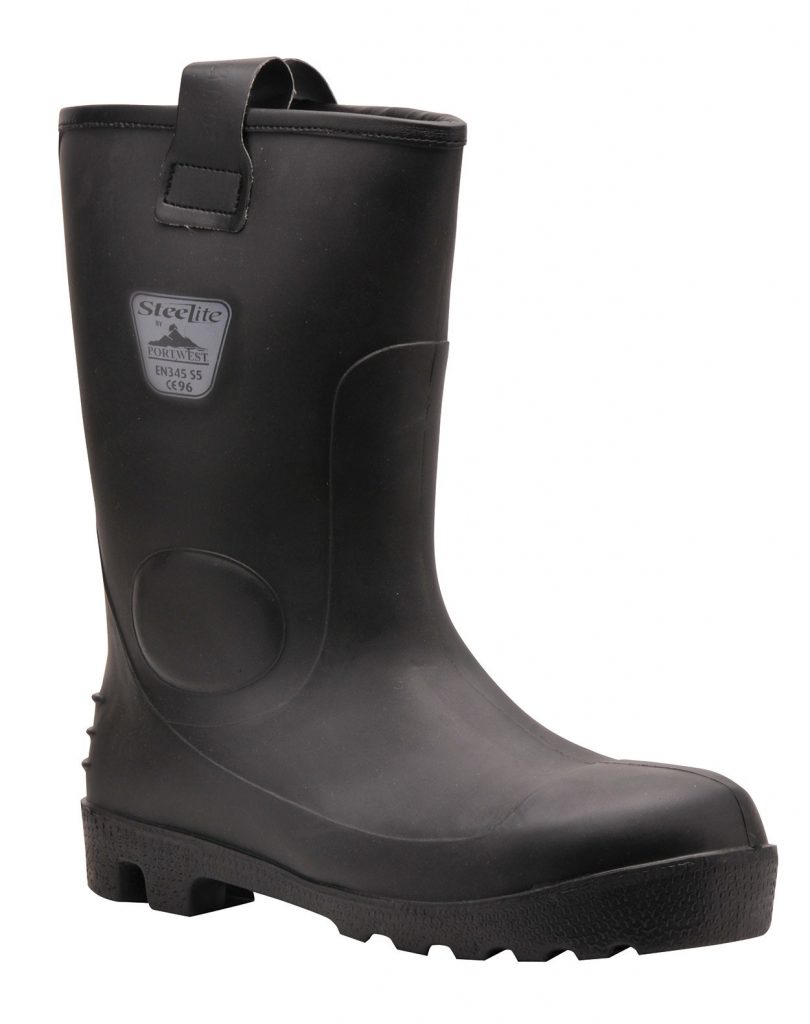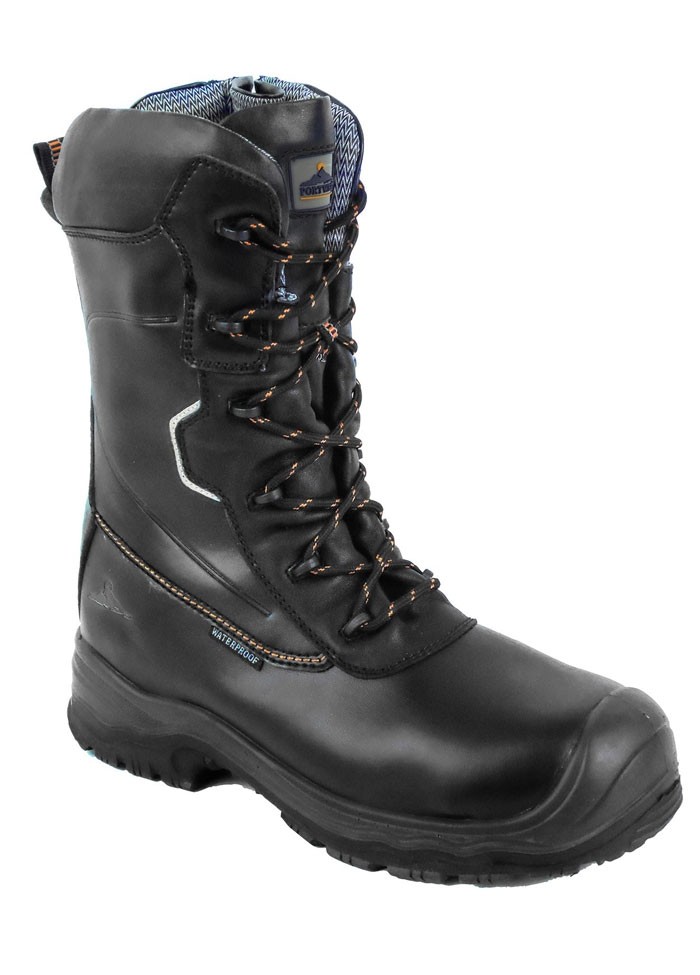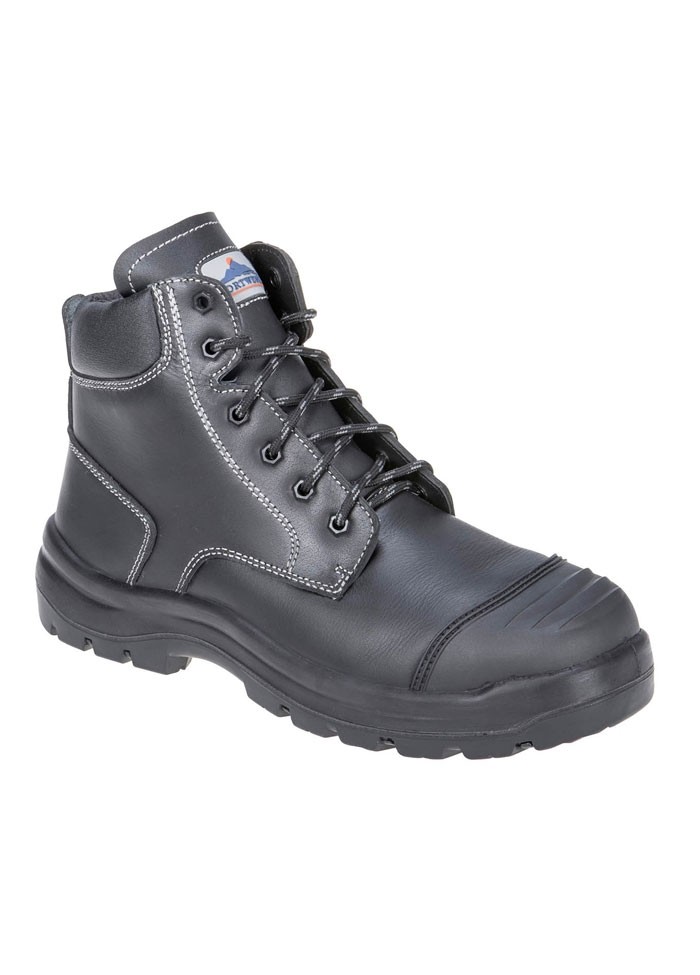5 Autumn Outdoor Workwear Essentials
Days are getting shorter and the available light is getting dimmer, so it's probably time to revisit your outdoor workwear. As Britain goes from Summer to Autumn to Winter, the sunrise fluctuates between 6.10am all the way to 8.06am.
There are many hours outdoor workers may be shrouded in darkness or semi-darkness as they work, putting them in more danger of workplace accidents. And as the temperature falls as fast as the rain, you need to start thinking about how workwear changes can improve the working day and increase safety.
Did you know: workers are more likely to have an accident in the low-light conditions of October through to January than at any other time of year. Don't forget employers have a duty of care to increase protection and awareness.
- Skip to:
- Hi Vis Clothing
- Multiple Layers for Warmth
- Waterproof Clothing
- Warm Work Gloves and Hand Protection
- Safety Footwear
With falling leaves, rain, slippery ground, and more dangerous road conditions, it is important to keep you and your workers safe.
If your workers drive on site during sunrise and sunset, they may have sun in their eyes, which can cause obvious problems, but there are also issues with visibility, with passersby not seeing your employees as well as they can in summer months.
Your employees are in danger of slipping on wet leaves, or not having enough light to see what they are doing properly. Furthermore, with colder weather, workers are in danger of not wearing enough layers or getting too hot by wearing too much. In between weather factors cause problems overall, so it’s getting darker... is your team covered?
Here are 5 Autumn workwear essentials...
1: Be Seen in Hi-Vis Clothing
Later sunrises and earlier sunsets means that low light is a serious issue during the average working day. Depending on where your workers operate, you may need to ensure they have adequate Hi Vis protection.
It is advisable, and quite probably a legal requirement, to provide Hi Vis vests as a minimum precaution, but an even safer plan is to make Hi Vis jackets and trousers part of essential protection as well.
Better to have and not need...
This way, no matter the light level, your workers can be seen.
Learn all you need to know about hi vis clothing in our ultimate guide.
2: Stay Warm with Layers
When the weather gets colder, it’s important your workers have layers. A cold worker is an unproductive worker.
You need to make sure your workers have a thermal layer, a fleece layer (you can even embroider your company logo), a pair of decent lined trousers, and an outer, waterproof layer if weather conditions require.
3: Stay Dry with Waterproofs
Waterproofing is especially important as the autumn transitions to winter since, if your workers get wet, they can increase their risk of illness when combined with colder temperatures. If it's a miserable day, the last thing anyone needs is to be soaked to the skin.
If you went for a 3-in-1 Hi Vis work Jacket, you could get the Waterproof outer with the Fleece inner in one garment.
Of course it's not just the upper body that needs keeping dry, water proof over-trousers are an absolute must.
4: Keep Your Hands Warm
When working outdoors and on-site, warm work gloves are one of the most important pieces of safety equipment.
Colder weather often means clumsier fingers, and low-light means that workers may place their hands on sharp objects or edges without realising it, which is why work gloves are important to keep hands safe from harm at work.
Keeping warm hands also reduces the risks associated with VWF (Vibration White Finger) when operating vibrating equipment on site.
5: Don't Forget to Keep Feet Warm & Dry
As the ground gets slippery, slip-resistant safety boots are paramount. You should be looking to provide slip resistant footwear with a S3 rating.
See our Guide to Footwear Safety Ratings here
Apart from slip resistance, employees need warm and dry feet to remain happy in their work. The Footwear ratiings you are looking for are:
- CI -Cold Insulation
- WR - Water Resistance
- WRU - Water Penetration and Water Absorption Resistant Upper
All the safety boots here will fulfil all of those functions easily.
Don't simply stick to those ratings as you may require further protection from specific hazards the job creates.
Safety boots protects your worker’s ankles from harm, cushions their joints and feet, and corrects posture to reduce back injuries. Safety shoes are not advisable when working outdoors on uneven ground or slippery, wet conditions.
A good set of safety footwear is absolutely essential for productive and safe work and should not be skimped on, especially as prices are currently so low.
And in the End...
It's always easier to stay warm and dry than it is to get warm and dry. Health & Safety involves ensuring workers are comfortable enough to do their jobs safely, so skimping on keeping warm and dry can have very unsafe side-effects.
The price of waterproofs is very low compared to the costs of losing employees to sickness caused by cold and wet conditions, and especially compared to the costs of a H&S breach, and you can save even more with a bundle deal.
Wrap them up warm and they'll thank you for it.







